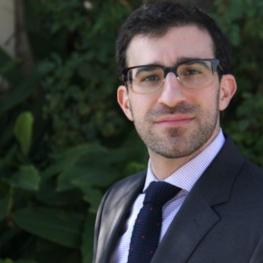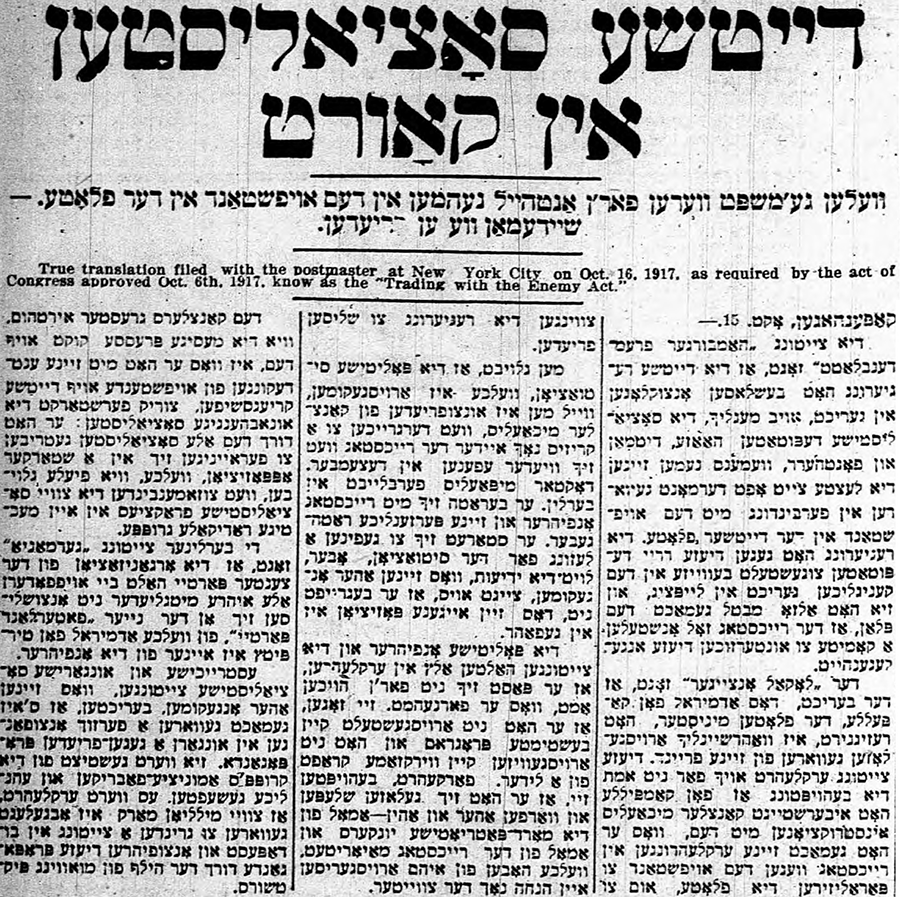Katz Center Fellow Joshua Teplitsky on Early Modern Jewish History, David Oppenheim, and Insatiable Bibliophilia
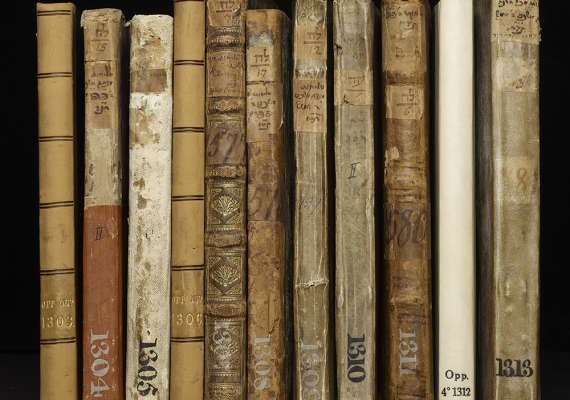
This blog post is part of a series focused on the research of current fellows. In this edition, Katz Center Director Steven Weitzman sits down with Joshua Teplitsky, who specializes in the history of the Jews in Europe in the early modern period, Jewish-Christian interaction, material culture, and the study of books and media.
Steven P. Weitzman (SPW): Josh, first of all, congratulations on your stellar new book, Prince of the Press, which has made for a very rich and edifying read. The “prince” of the title is a rabbi named David Oppenheim. Can you tell us briefly who he was, what drew you to him as a subject, and what makes him important enough to merit a book?
 Joshua Teplitsky (JT): Thank you, Steve. It’s truly gratifying to see the product of years of work (some of that time spent in residence at the Katz Center!) finally in print.
Joshua Teplitsky (JT): Thank you, Steve. It’s truly gratifying to see the product of years of work (some of that time spent in residence at the Katz Center!) finally in print.
I was drawn to David Oppenheim (1664–1736) when, as a graduate student, I began to fumble about for a dissertation topic. I had long been attracted to the city of Prague as a place of study, with its large Jewish population and its rich archival holdings and extant physical relics of the past. In reading about the city and the early modern period of Jewish history more generally, I often found scholarly mentions of David Oppenheim. The man appeared to be linked to so many trends and life-stories of the period (print culture, transnational mobility and contact, Sabbateanism and anti-Sabbateanism, international philanthropy, the Court Jews), and yet he had not been subjected to sustained historical treatment since early in the twentieth century. I found these connections particularly tantalizing because they offered the materials for a form of life-writing that was not strictly biographical, and that could include a wider social tapestry. It felt like a project ripe for exploration.
SPW: The subtitle of your book describes the library amassed by Oppenheim as the most remarkable Jewish library in history. Can you explain what makes it so remarkable?
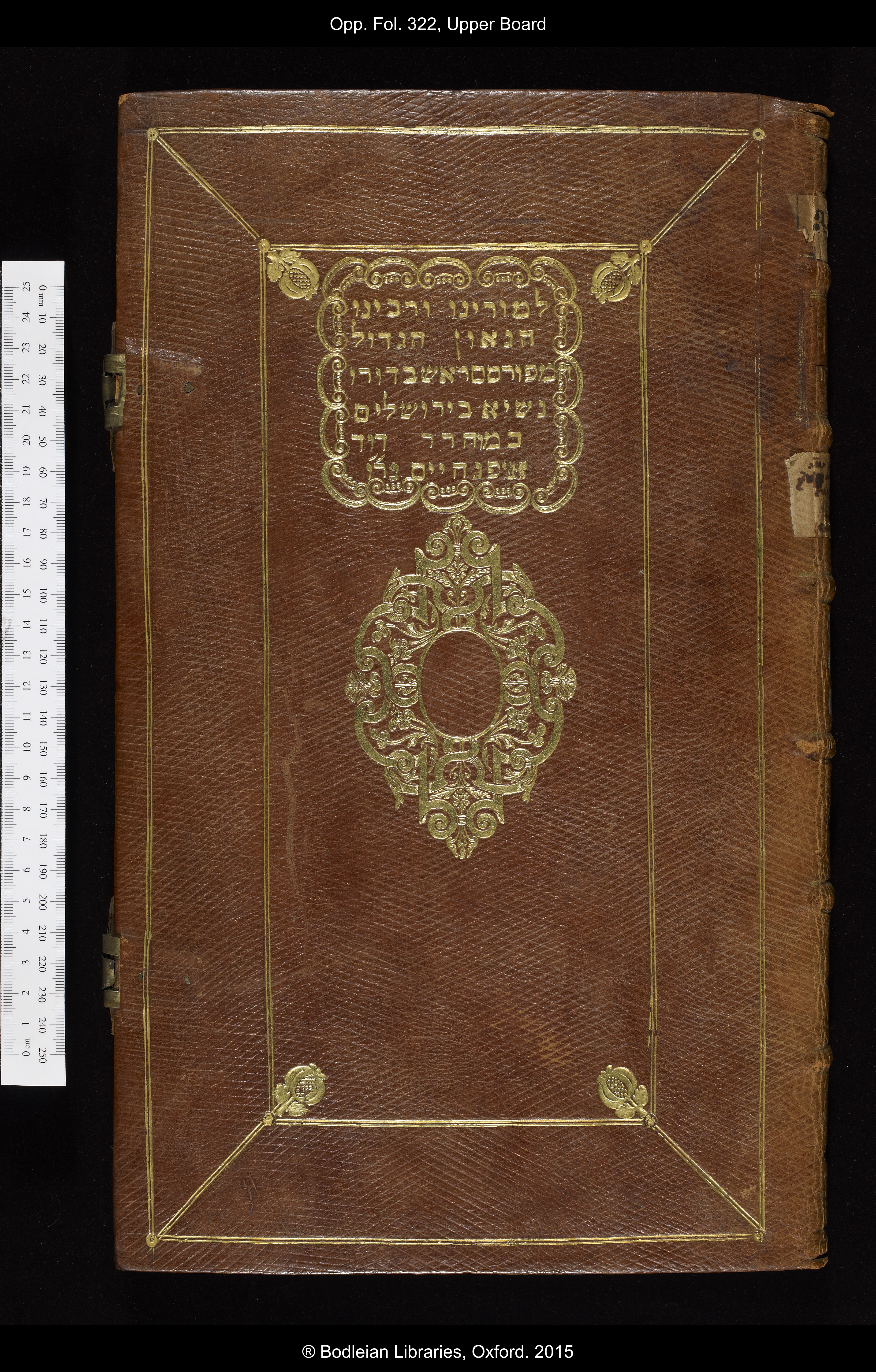 JT: The remarkable library was one (but not the only) aspect of Oppenheim’s activities that drew me to him as an object of study. One of the primary ways in which scholars of Jewish life know about Oppenheim is not to his person, but rather to his large collection of books that is still fully extant today. The reader of scholarly studies of medieval and early modern European Jewish life need only to flip to the bibliography and notes to notice references to the “Opp.” shelf-marks at the Bodleian Libraries of the University of Oxford, which are witness to the ongoing importance of this collection.
JT: The remarkable library was one (but not the only) aspect of Oppenheim’s activities that drew me to him as an object of study. One of the primary ways in which scholars of Jewish life know about Oppenheim is not to his person, but rather to his large collection of books that is still fully extant today. The reader of scholarly studies of medieval and early modern European Jewish life need only to flip to the bibliography and notes to notice references to the “Opp.” shelf-marks at the Bodleian Libraries of the University of Oxford, which are witness to the ongoing importance of this collection.
Oppenheim was an insatiable bibliophile. His collection numbers approximately 4,500–5,000 printed books and 1,000 manuscripts (the approximation is important, as different criteria for counting duplicates and titles bound together yield different precise numbers). Within this collection are manuscripts from the medieval Rhineland that attest to legal and political practices; works of science and philosophy based upon Arabic treatises in medieval Iberia; printed liturgies from across the continent for both home and synagogue use; numerous editions of the Bible, Talmud, Legal Codes, and their attendant commentaries; Yiddish folktales and songs; as well as broadsides and paper artifacts of home decor. A significant number of the Yiddish printed texts are the sole surviving copies and represent precious and unique vehicles for accessing these distant worlds.
My aim in this book was not to recover the individual stories of each book (which would just be a new catalogue), but rather to tell a story of the forest that might otherwise get lost for the trees.
SPW: One of the themes of the book is that Oppenheim's library, though a work of great learning, is also very personal, closely tied to his personality and his family relationships. Can you give us a sense of what is so personal about the library, how its formation is tied to the particulars of Oppenheim's life?
JT: Oppenheim was fond of describing himself as a man “whose greatest delight is in books.” I argue that his collection was not only a source of personal pleasure but also a form of public representation of his social and political self. Such a collection required near-incalculable wealth, and that wealth was provided by Oppenheim’s belonging to a family at the highest economic stratum of Jewish society, members in the wider network of the richest Court Jews, with access to the Habsburg emperors and the recently united monarchy of Scotland and England. Beyond the material basis for creating such a collection, the aesthetic tastes of the Court Jews left an impact on the library as well: Oppenheim’s collection houses lavishly bound volumes and works printed on colored paper, in hues of blue, orange, grey, and yellow, as well as on expensive vellum leaves.
Oppenheim was a scion of this powerful family, but also a product of the highest levels of Jewish education, training under the rabbinic luminaries of his generation. And, typical of the activities of both economic and intellectual elites in Jewish circles of the period, he was married to the daughter of a Court Jew, and he arranged marriages for his children that more closely intertwined these different strands of Jews’ elite leadership at this time.
A library, as both a material reservoir and an intellectual repository, was a meeting of these two lines of leadership in the Jewish community, and Oppenheim melded them in his person, his collection, and his actions.
SPW: In addition to revealing the personal dimensions of the library, the book also exposes its political character, how it was shaped by power or the need to respond to power. Where are the politics to be found in the collection of tomes amassed by Oppenheim?
JT: It was precisely this formation of the library through personal inclination but against the backdrop of money and power that made Oppenheim’s library more than just a personal idiosyncrasy. Through records of the movement of books into the library, the movement of letters and requests to Oppenheim that either related directly to the collection or augmented the collection to curry favor with its owner, and the movement of individual scholars (both Jewish and Christian) to consult its holdings, we are treated to a vision of power and influence over the processes of knowledge-making that was decisive for how Jewish religious and communal life was conducted. We see supplicants appeal to Oppenheim’s standing as a sort of intercessor to gain employment, and we witness legists’ appeals to material from Oppenheim’s shelves to determine the marriageability of widows and the suitability of certain foods as forbidden and permitted. When such issues were particularly controversial, they could eventuate in the ouster of rabbis from their posts and shifts in governing rabbinic elites. We are thus treated to a story of politics in practice and how political cultures operate in the spaces between official structures and personal dealings.
SPW: Another project of yours is called Footprints and represents a very different, distinctly twenty-first century book collection effort. Can you explain what Footprints is, and what you are aiming to accomplish through it? In what ways is this project similar to Oppenheim's library, and in what ways is it different?
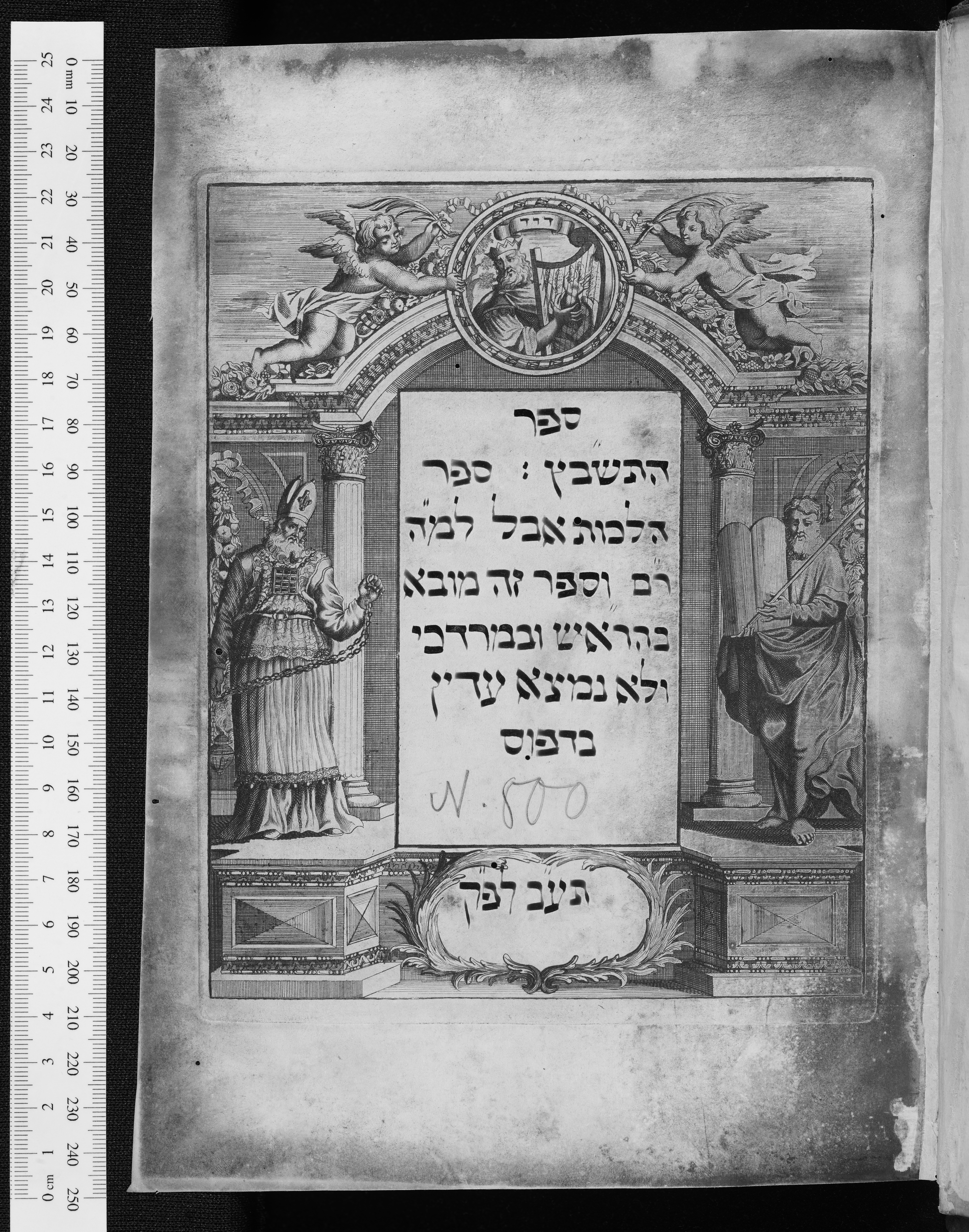 JT: Since movement was a recurring theme of the book, the Oppenheim collection became a perfect case for entry in the emerging digital humanities database Footprints: Jewish Books through Time and Place. The project represents the creation of a new dataset encompassing the movement of individual copies of printed Jewish books (in Hebrew characters, but including, for example, Yiddish and Ladino) in order to tell a story not just about the authors and printers of books, but about their readers, sellers, collectors, and even censors—and in the process to offer new material for examining the history of the transit of ideas in an empirical, material basis. Footprints is a new direction in Jewish studies research, as it aims to move beyond the invaluable work of digitization projects and instead to harness the power of computing to combine data and map it across global history. The Oppenheim library allowed me to tell the story of one man’s activities, with an eye to some of the people who were accessories to the endeavor. But Footprints—a crowdsourced dataset on a global scale—aggregates hundreds of stories of this nature and allows individual researchers to take their questions in an array of directions. I and my co-directors (Michelle Chesner, Marjorie Lehman, and Adam Shear) would welcome new contributions to the database and invite anyone to use it to learn more about Jewish books!
JT: Since movement was a recurring theme of the book, the Oppenheim collection became a perfect case for entry in the emerging digital humanities database Footprints: Jewish Books through Time and Place. The project represents the creation of a new dataset encompassing the movement of individual copies of printed Jewish books (in Hebrew characters, but including, for example, Yiddish and Ladino) in order to tell a story not just about the authors and printers of books, but about their readers, sellers, collectors, and even censors—and in the process to offer new material for examining the history of the transit of ideas in an empirical, material basis. Footprints is a new direction in Jewish studies research, as it aims to move beyond the invaluable work of digitization projects and instead to harness the power of computing to combine data and map it across global history. The Oppenheim library allowed me to tell the story of one man’s activities, with an eye to some of the people who were accessories to the endeavor. But Footprints—a crowdsourced dataset on a global scale—aggregates hundreds of stories of this nature and allows individual researchers to take their questions in an array of directions. I and my co-directors (Michelle Chesner, Marjorie Lehman, and Adam Shear) would welcome new contributions to the database and invite anyone to use it to learn more about Jewish books!

